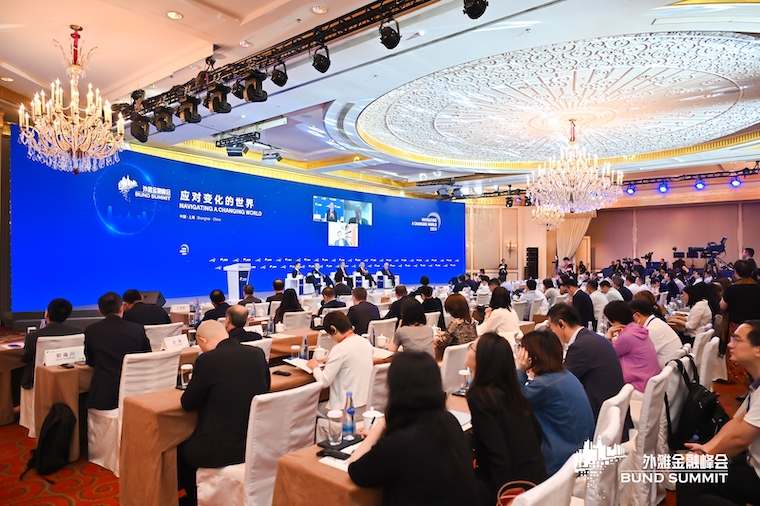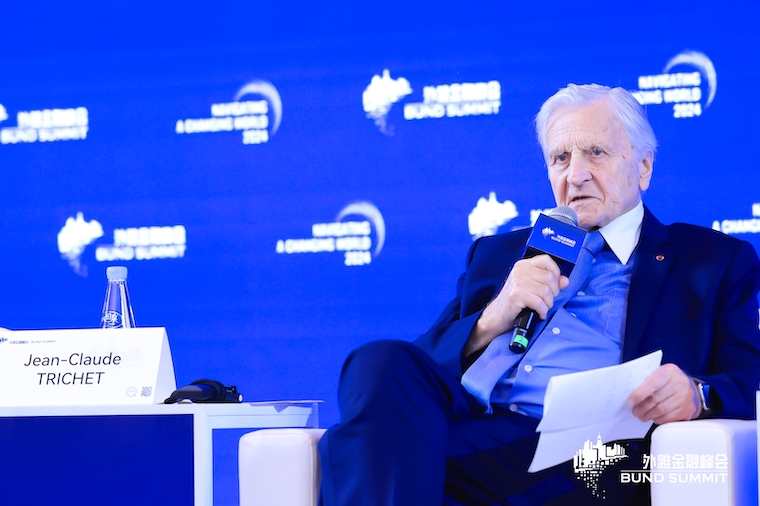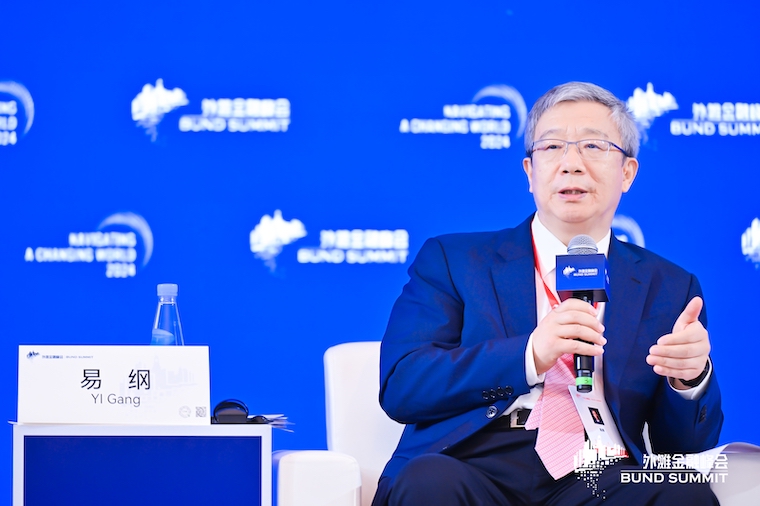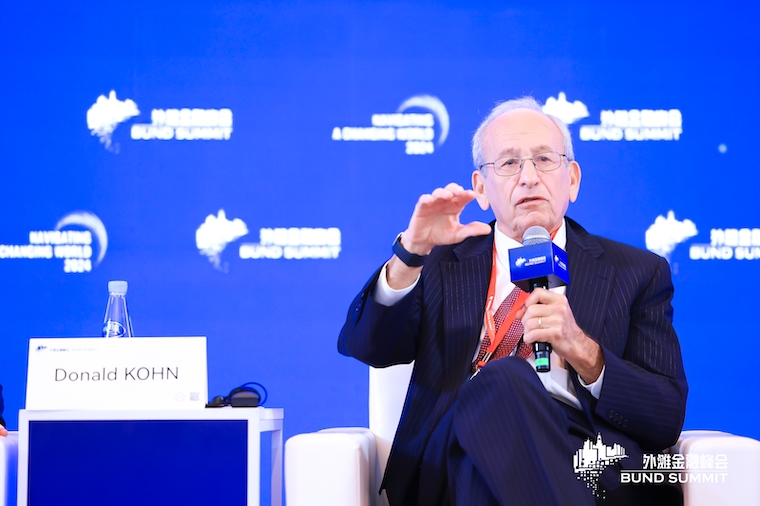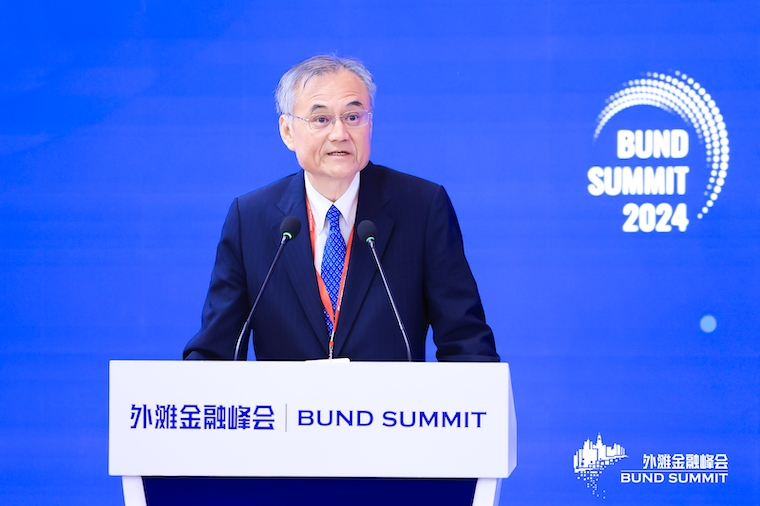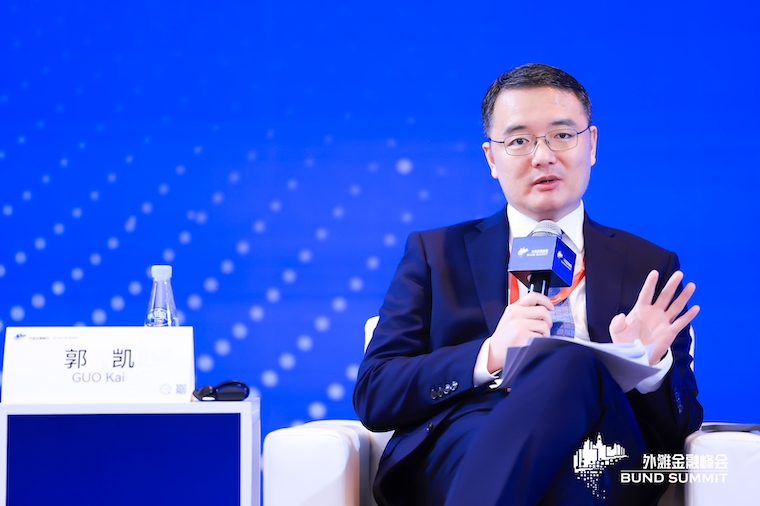

The ECB has the sentiment that core inflation is anticipating future inflation, even if the projections that are made by the staff of the ECB and the Euro system is confirming that we are going at the end of next year to the 2%, which is the definition of price stability or the price target. At the moment, we do not have bad news in Europe in terms of projections of inflation, even if the inflation core seems to be difficult to decrease as rapidly as is wished.
Besides, the growth in Europe is not at all at the same level as in the US. The last PMI in the euroarea stood at around 52.9, which is much lower than in the US, and as in the US, we observe that the manufacturing sector is heavily, heavily touched, dropping under 50 in this indicator while the service sector is much more dynamic. It's a phenomenon that we observed in many economies.
The ECB is not committed to any future decision, they say, and in my opinion, they're right to say that, but it will eventually depend on their analysis of the situation in real time. The market is more or less expecting a 25-basis-point rate cut in September after a month where the ECB did not move the rates. A 25-basis-point decrease is considered probable, and I will share that view at this stage.

Jean-Claude TRICHET
Chairman of International Advisory Council, Bund Summit; President, French Academy of Moral and Political Sciences; Former President, European Central Bank
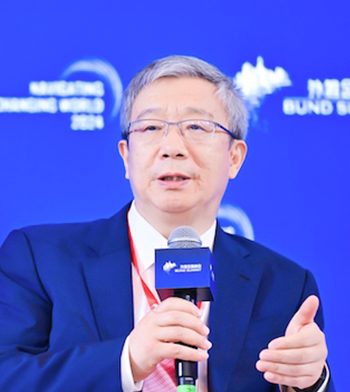

China's economic recovery is still underway, but it is relatively slow. In terms of aggregated domestic demand, it is quite weak. In the first half of this year, GDP grew at 5%. In terms of consumption, investment, and exports, our consumption has so far seen about a 4% growth, and investment is also about 4%. The relatively bright side is exports and trade. Our trade and exports have so far grown by about 5%. Overall, we have a problem of weak domestic demand, especially on the consumption and investment side.
Therefore, we should emphasize our recovery efforts, support the real economy, and focus on creating employment. At this point, I believe that a proactive fiscal policy and an accommodative monetary policy are important.

YI Gang
President, China Society for Finance and Banking
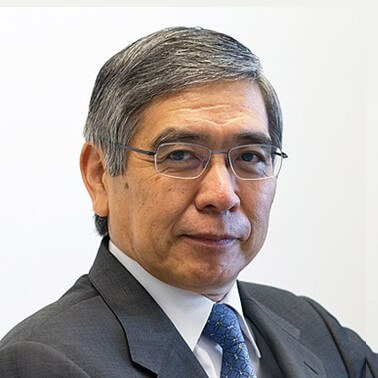

1. That means that, since the 2% inflation target is likely to be met in a sustainable and stable manner, there is no need to continue extremely expansionary loose monetary policy.
So, the Bank of Japan (BOJ) decided and started normalization of monetary policy in March 2024 this year by raising the short-term policy rate from -0.1% to 0.1%, which is a quite small increase, showing that the BOJ will be very careful about raising policy rate gradually in the coming years.
Then in July this year, the BOJ raised the policy rate from 0.1% to 0.25%, again very cautiously. I think the BOJ will continue this gradual normalization process by raising policy rate gradually toward the neutral rate, which may be between 1% to 2% and significantly lower than 2%. Anyway, this is the way the BOJ's monetary policy is now managed.
2. Japan had continuous price decline in 1998 through 2012. Certainly, the 15-year-long deflation at that time was relatively mild, because prices declined by only 0.3% on average every year, but it continued 15 years, and out of the 15 years, 11 years recorded negative price movement. So, Japan had mild but very persistent deflation.
Since we introduced Quantitative and Qualitative Easing (QQE) in 2013, deflation was overcome, but inflation continued to stay around only 1%, with almost no wage increase. The most difficult part was that wages didn't increase, until the Ukraine war brought about the huge commodity price increase as well as yen depreciation, which contributed to elevate consumer price inflation (CPI) in Japan to 3% in 2023.
So, even if the deflation is mild, as long as it's persistent, that could reshape wage determination process or the mindset of trade unions and corporations in such a way that wages could not be raised even if the economy grows. That was the reality not only during the deflation period, but also from 2013 to 2023. The wage determination process could be frozen by the memory of the 15-year-long deflation under which prices rose but wages never rose. Over the 15 years of deflation, wages declined by 0.9% (close to 1%) on average every year.
So, if wage determination process does not become such a rigid system, some mild deflation or low inflation may be acceptable. But if even mild deflation or low inflation continues long, it could make the wage determination process much more rigid and almost frozen, then central banks should better avoid prolonged deflation, even if it is mild, because that could affect the wage determination process seriously.

Haruhiko KURODA
Professor, National Graduate Institute for Policy Studies (GRIPS); Former Governor, Bank of Japan


Chair Powell announced at Jackson Hole that later this year, they would begin to reexamine the framework they put in place in 2020. I don't have strong views about how the frameworks have changed, but I do have strong views about what they should do in order to come up with a new framework and examine the situation.
A second thing I would do is make sure that the new framework is robust to different situations. The 2020 framework was designed to be robust to the “low interest rate, low inflation” situation. The new framework needs to be stress-tested against a variety of situations to make sure they know what their strategy should be to cope with the case of supply shocks or demand shocks, like the fiscal policy.
So, the Fed needs to carefully examine the 2020 framework and adjust it as necessary to make it more universal. I think what they said in 2019 is that they were accepting the 2% inflation target, and we are not going to question it. 2% might be the right target. It's the one lots of central banks have, including the BOJ and the ECB, but I think it would be preferable if they took a hard look at it. If they end up at 2%, that's fine, but they ought to carefully reason whether that's the right inflation forecast.
Finally, I think when they announced the desire to re-examine their framework, they said it would be about strategy, tools and communication. I think this is an opportunity for them to look back—they have two experiences, coming out of the global financial crisis and coming out of COVID, in which very intensive use of these unconventional policies were made. They should be looking back on the tools. What did we learn about the use of tools? What did we do right? What did we do wrong? I happen to think that the forward guidance on interest rates has tied their hands way too much and delayed the response to inflation, but they need to look at that and communication.
Fed communication has gotten much better over the past couple decades, much more transparent, much more explaining of what they're doing and why they're doing it, but there have been episodes of misperceptions where the market and the public think the Fed is doing one thing and they end up doing something else or not doing that. So a good hard look at communication and how to be clearer in their communication would be helpful as well.
So that's my agenda for the framework review.

Donald KOHN
Robert V. Roosa Chair in International Economics, Brookings Institution; Former Vice Chairman, Board of Governors of the Federal Reserve System
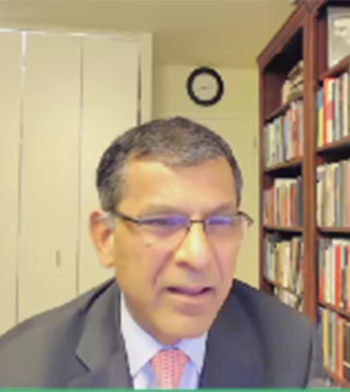

1. In the US, household leverage has come down significantly since the global financial crisis, and hasn't really picked up. Some people have problems with their credit cards now, and default rates are picking up quite a bit, but household distress is still not a reasonable scenario in the short to medium run. Similarly, about corporate distress, there are borrowers who are over-levered, but it's not the norm.
Then the question is, as the Fed starts cutting interest rates, are we in for really good times?
Typically, after a recession, you come out with a whole lot of additional leverage. Now there isn't. So, should we celebrate? Maybe what we should be worried about is not the leverage of the household and corporate sectors, which is clearly visible, but the leverage that is invisible or hard to see, especially in the shadow financial system.
There is leverage in the system, because it builds up in good times. And what you need to get rid of this leverage is a good crisis or serious inflation with serious demand-killing interest rates, which tends to get firms and banks and financial sector firms to reduce leverage. We haven't really had that.
We had a dash for cash in March 2020, when the central banks came to the rescue. We had March 2023, and again, the central bank came to the rescue. So, the question is, has the private financial sector started upping its bets again? Is that going to be a worry?
I leave that as a question. I'm not going to say it's a crisis. I'm not going to say it's going to happen, but I’d say it's a reason to worry.
2.There are a bunch of forces pushing that way.
First, the fiscal situation of many governments is not good, and the incentive to bring it under control is also not high, given the political pressures on them. It's clear that both presidential candidates in the US have no real intent to bring the fiscal under control. They have, respectively, spending plans and tax reduction plans, but no fiscal consolidation plans.
Equally, when you look at the investments that have to be made, green investment, for example, which has to be significant, that would also suggest higher costs, potentially high inflation. A steady increase in protectionism means a steady drip of higher prices, and that may actually change inflationary expectations, for example.
There's a general sense that with all that's coming down the line, we are probably going into higher inflationary world than the world we left pre-pandemic. And if that is the case, certainly a framework which does more to quell inflation rather than raise inflation is worth contemplating.
Does it mean changing the inflation target? We know the standard arguments for leaving it where it is. Once you change it, then everybody gets really worried that you'll change it again, and so all the credibility central banks have built is lost, especially if you change it at a time when it's convenient to change, as opposed to when nothing is happening.
Of course, this is the time when a lot is happening. It's going to be difficult to change.
The one thing I would suggest, which has very few buyers, but I'll put it on the table nevertheless, is to be a little more tolerant of low inflation than of high inflation, and don't work too hard with aggressive policies to get it up.
In other words, that’s the asymmetric system that the ECB had some time back. I don't think that was a bad system, because I think we have less cost to low inflation. Of course, we worry about galloping deflation, but we haven't seen that, even in Japan.
First, it's very hard to get low inflation up. Second, central banks would create potentially more problems in trying to get it up. A lot of us would be happy with the inflation we had in 2017-2018, and wouldn't need to bring it much higher than that.

Raghuram RAJAN
Former Governor, Reserve Bank of India; Katherine Dusak Miller Distinguished Service Professor of Finance at Chicago Booth
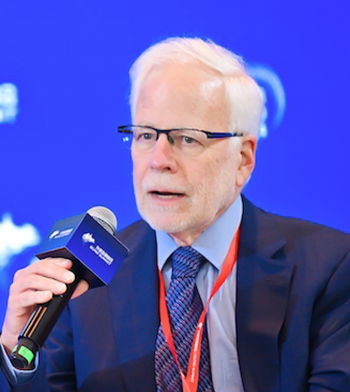

You're also asking what is different about the US economy from all other economies, and I would not put Fed policy at the top of my list. Neither would I leave it off entirely.
I would put fiscal policy at the top of the list. It has been important for powering the US economy over the last four or five years, and it's a policy that comes with a cost that hasn't entirely been incurred yet, but that's something to think about.
Number two on my list would be immigration. We've been able to grow the labor force, and in that way, grow the economy. But the period of “open borders” is over. The immigration numbers have long since come down, and the political economy suggests that they will stay down.
Number three on my list is innovation. The US does a good job in terms of innovating, and that in turn translates into good performance of equity markets, which in turn translates into investor confidence. A little bit of the air has not now gone out of the AI bubble.
Fourth on my list would be Fed policy. The Fed has been able to engineer a decline in inflation without precipitating recession, which is not growth-friendly. So the Fed is relevant here, but I think fiscal policy, immigration and innovation has played quantitatively larger roles, and that perspective, in turn, suggests whether the Fed succeeds in engineering a soft landing or not, this outperformance of the US economy is unlikely to persist indefinitely, because the forces that have propelled it in recent years are likely to weaken.

Barry EICHENGREEN
George C. Pardee & Helen N. Pardee Chair and Distinguished Professor of Economics and Political Science, University of California, Berkeley
Watch the highlights


ECB May Cut Interest Rates by 25 Basis Points in September


The Bank of Japan Will Prudently Gradually Raise Interest Rates


Long-term Deflation Can Seriously Affect Wage Setting
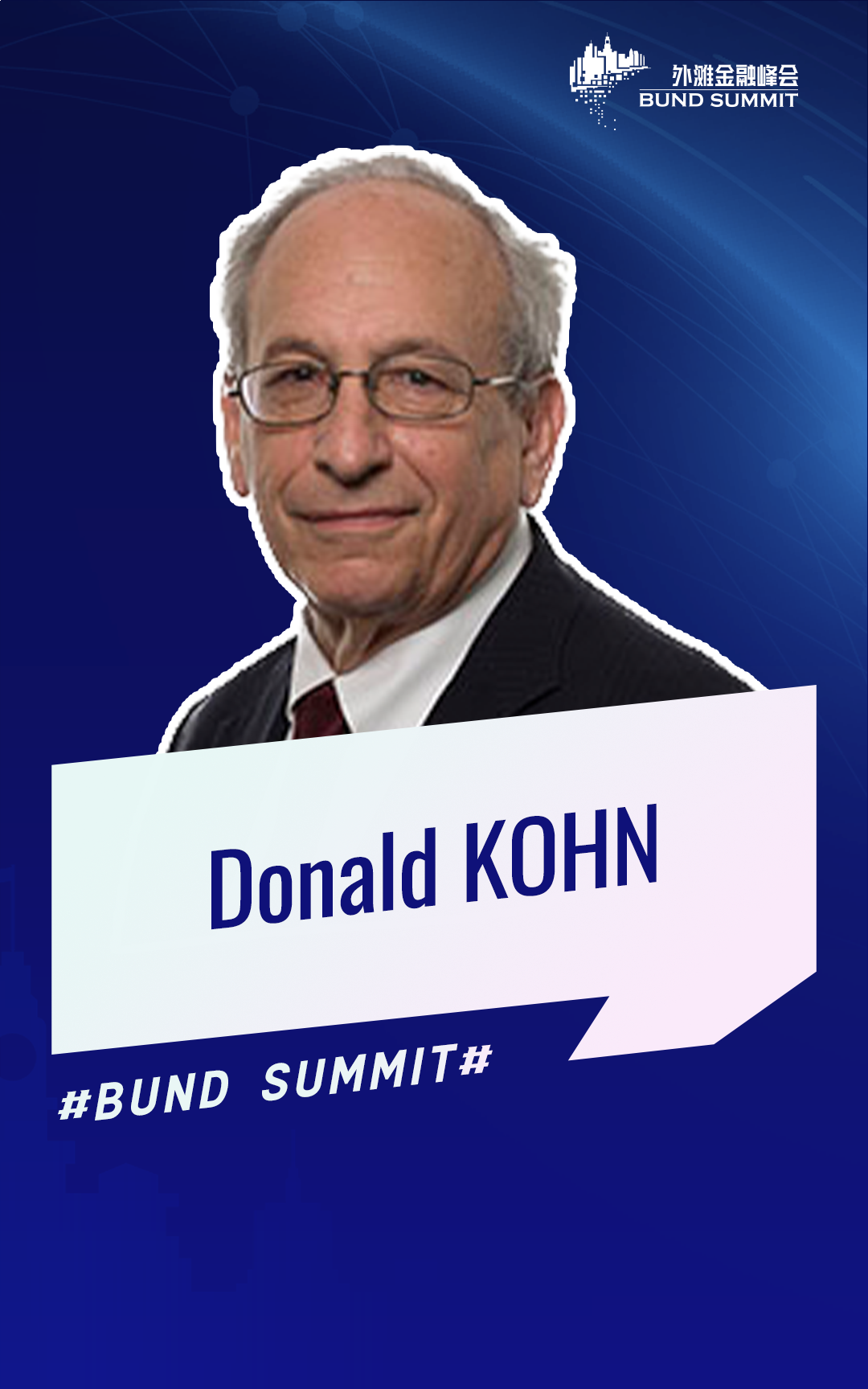

What Should the Fed Focus on When Revisiting the Monetary Policy Framework?
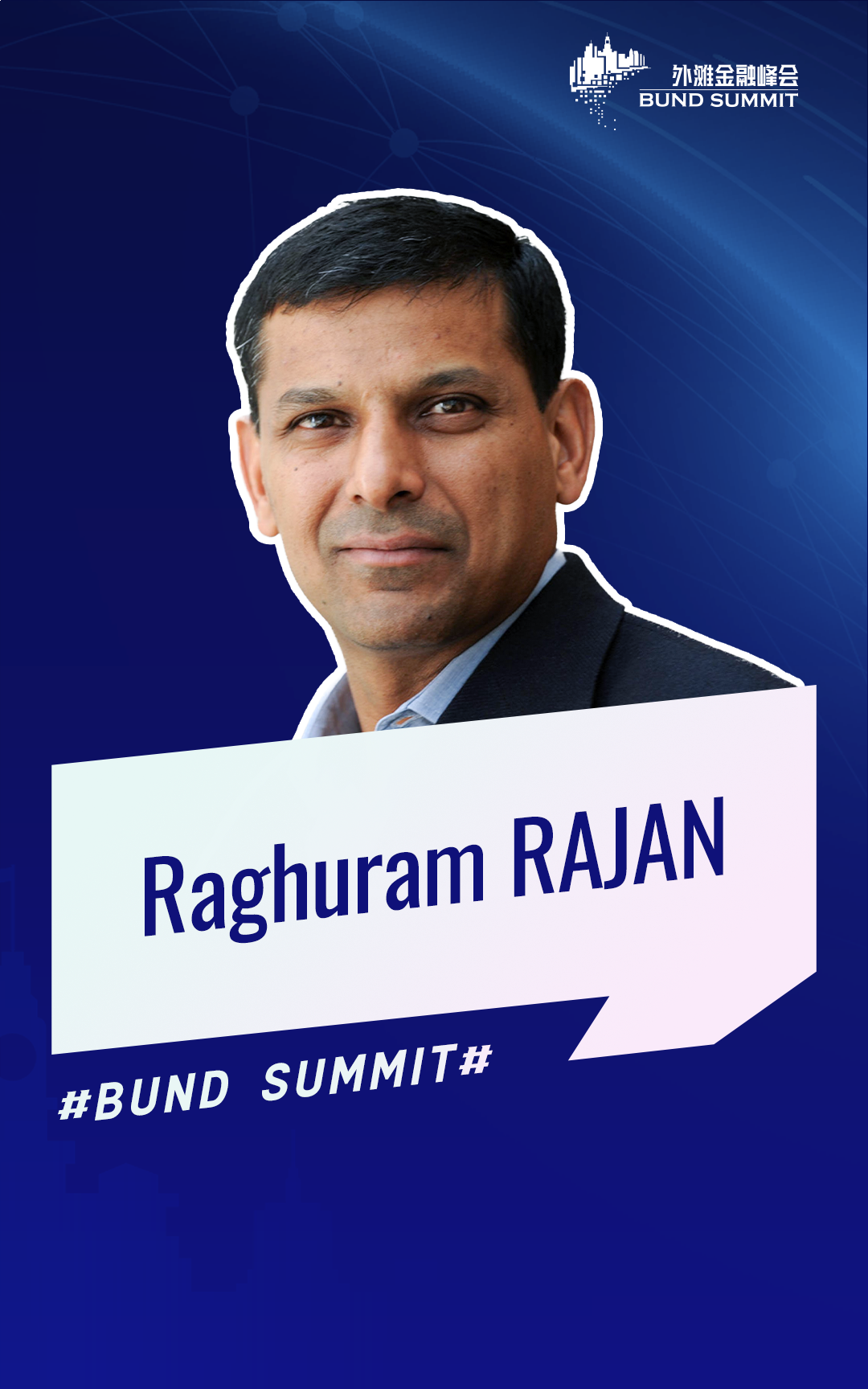

Beware of the "Invisible Leverage" in the Financial System


Advocates for More Tolerance of Low Inflation


Four Factors Driving US Economic Growth, Fiscal Policy Tops the List
